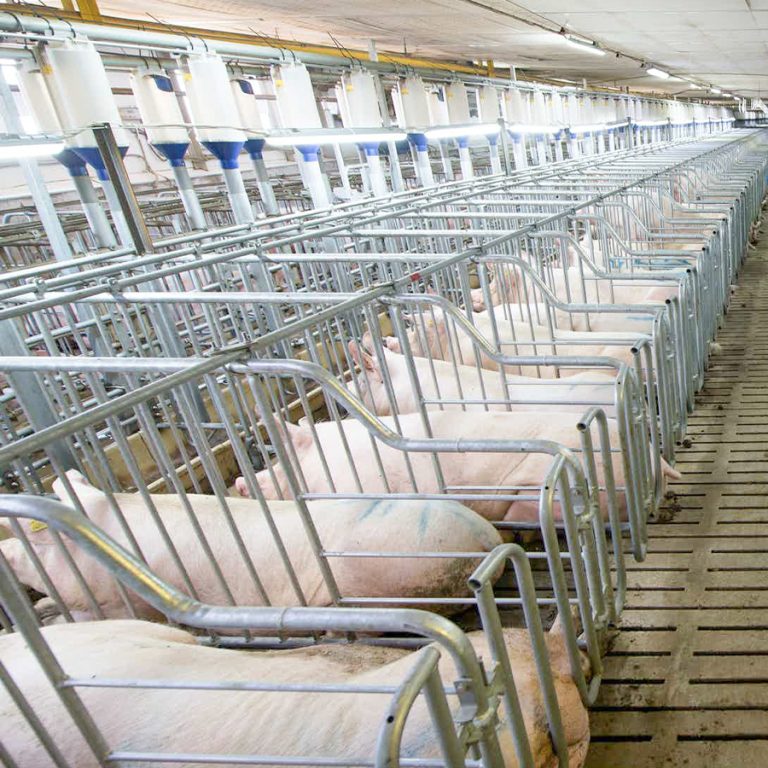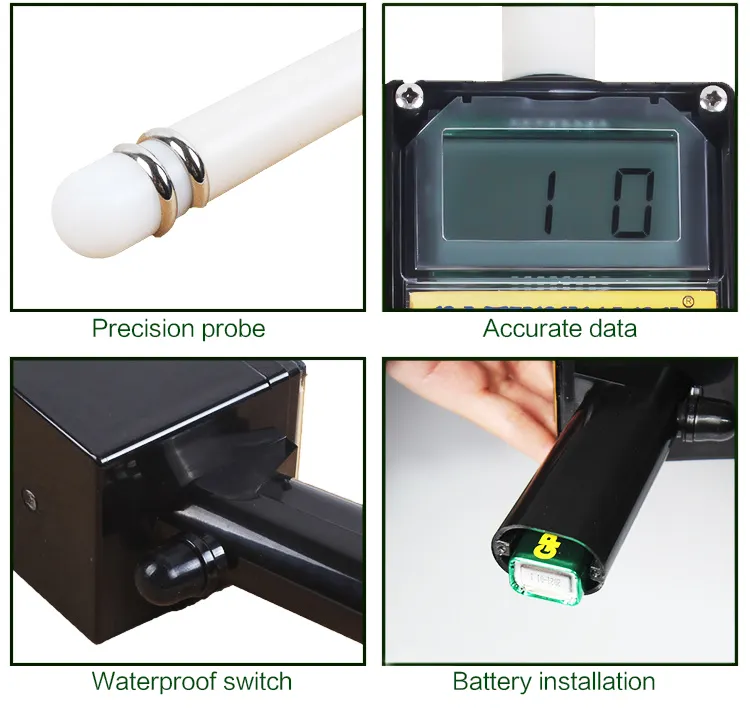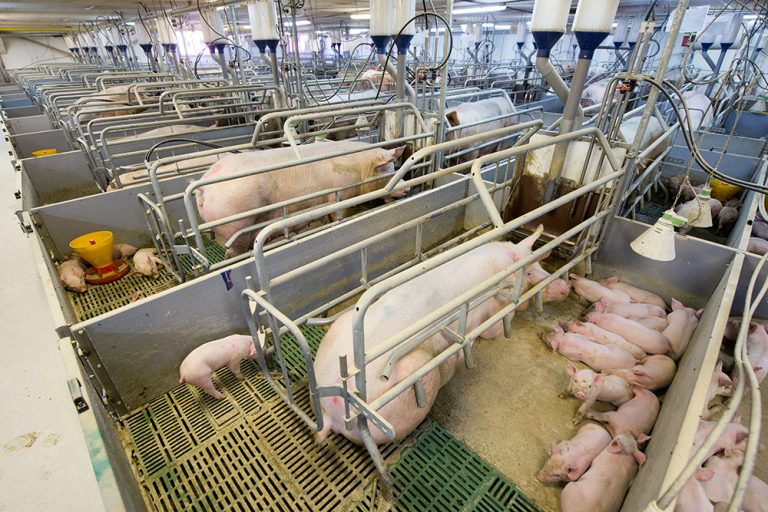Many pig farmers aspire for pigs to consume less feed while growing quickly, especially with the soaring cost of feed and high pig prices. Achieving this goal could significantly cut costs and enhance profits. So, how can this be achieved? Let’s explore:
- Feeding Quantity
The feed quantity for fattening pigs should be determined according to their body size. Different body-sized fattening pigs will have varying feed consumption levels.
While ensuring a scientifically balanced diet, paying attention to the appropriate feed quantity can maximize weight gain potential and enhance feed efficiency. For growing pigs, reducing wastage can increase feed intake. If fattening pigs finish their feed quickly, consider adding more accordingly.
- Feeding Method
Understanding the growth patterns of fattening pigs improves feed efficiency. Initially, growth is slow, then speeds up, and slows down again in the later stages. Employing a linear fattening method generally shortens the rearing cycle.
Simultaneously, use a mix of refined, green, and coarse feed and adopt wet feeding methods. Opt for feeding three meals a day to minimize energy consumption due to increased pig activity and reduce feed spillage, thus enhancing feed efficiency.
- Housing Environment
The quality of the pig housing environment directly impacts the growth rate and feed efficiency of fattening pigs. The pig housing should be clean, dry, well-insulated in winter, with proper ventilation in summer, maintaining suitable temperatures. An ideal environment promotes better feed digestion and utilization by fattening pigs.
- Immunization Measures
Illness in fattening pigs affects their ability to digest and use feed, resulting in feed wastage. Therefore, a well-organized vaccination plan is crucial in pig farming to ensure pig health and improve feed efficiency.
- Timely Slaughter
To save on pig farming costs, pigs should be slaughtered when they reach a certain weight.
At different growth stages, the growth rates of bones, lean meat, and fat differ. In the early growth stage (before 60 kilograms), bones and lean meat grow rapidly with higher feed efficiency. As age and weight increase, fat growth surpasses lean meat. It takes over twice the feed to gain 1 kilogram of fat compared to gaining 1 kilogram of lean meat. Consequently, longer rearing cycles and higher weights result in lower feed efficiency. Generally, hybrid pigs are suitable for slaughter at 100-110 kilograms, while purebred local pigs range from 80-90 kilograms for higher purity and 70-80 kilograms for lower purity.


